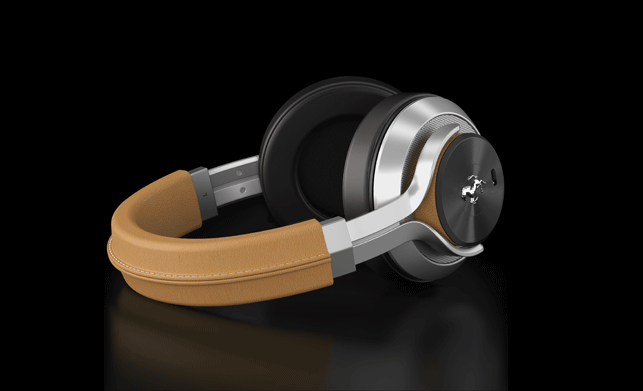
High-end renderings, complete with fine detail, such as stitching, meshes, and leather grain
Many digital creative agencies are built around producing high-end, photorealistic renderings. Although using such skills may seem an unnecessary expense to some companies, visualisation can bring many benefits.
“The use of our impressive images can be used to win pitches, showcase a new product, impress and gain ‘buy-in’ from key project stakeholders, educate manufacturers about the internals in the early stages of discussions, provide pack shot images before the product has been manufactured, for planning permission. The applications are limitless!” explains a breathless Joe Thomas, director of London-based agency Wonder Vision.
A full creative agency, providing everything from rendered stills and animations, through to web design and digital marketing, Wonder Vision produces work for a wide range of clients, including Braun, Ford, Canon and Bang & Olufsen.
With a dedicated render farm in-house, which contains a small cluster of cores, the workload is constantly streaming through.

Wonder Vision produced an accurate leather material using photographs from the manufacturer
Prestigious client
Wonder Vision’s latest work is for Logic3, an audio and gaming accessories company that has recently designed a range of products under the prestigious prancing horse license of Ferrari.
Understandably Logic3 wanted to begin the marketing drive for its new range of headphones ahead of the Spring consumer electric exhibitions. However, with no products being manufactured until June they turned to Wonder Vision for a digital solution.
After receiving the final CAD files of the earphone and headphone designs from Logic3’s manufacturing team, the agency quickly imported them into a workable SolidWorks file to be tweaked ready for rendering.
“We added a tiny fillip on each hard edge, which allows us to enhance the final render quality – we find that, without it, it can give a very harsh edge and we wanted to soften those edges and highlights running around every crease and corner,” says Thomas.
“It improves the quality a lot and optimises the models for render.”
It’s little tweaks like these that can make all the difference between lifelike and noticeably CGI; small adjustments that many professional visualisation experts utilise to get the best results.
Picture Perfect
Working with photographs of the materials that the designers used, Wonder Vision create all the materials that it needs.
“We got a small leather sample from the manufacturer for which we created the maps in Photoshop, then we imported the SolidWorks files into Maxwell Render, applied the materials, and applied the test renders so that the client could sign these off.
“After we’d rendered them we took them into Photoshop for some light retouch and postproduction work to further enhance the quality of the Renderings of the Scuderia Ferrari Collection of earphones and headphones render,” says Thomas.
Little details all add up into making an image as believable as possible, including adding in things that might be missing from the designer’s CAD model. In this case, subtle details like the stitching in the leather was modelled into the piece in SolidWorks.
“It’s about adding in the realism,” he explains. “A lot of the finer details, things like the meshes and grilles, are actually added in during the rendering process rather than modelled to keep the model lighter and keep rendering times down.”

A lot of the finer details, things like the meshes and grilles, are actually added in during the rendering process
Special effects
Because the products are still yet to be produced, the designers, on seeing some of the textures and effects in the renders, liked the look of them so much that certain visual aspects from the renderings were actually added into the production models.
Without being able to see a physical model or visualise how it would look, the designers could use the render as a digital prototype to help finalise the product design.
One of the key benefits is the speed and resources with which a dedicated visualisation team can work.
The Logic3 project had to be completed in two months – that’s over 100 renders to produce plus all the necessary retouching.
However, they managed it and the final product is as polished as possible, something even Ferrari would be proud to attach its name to.
wonder-vision.com
First impressions count, so what difference can professional visualisation make to your product?
Default






